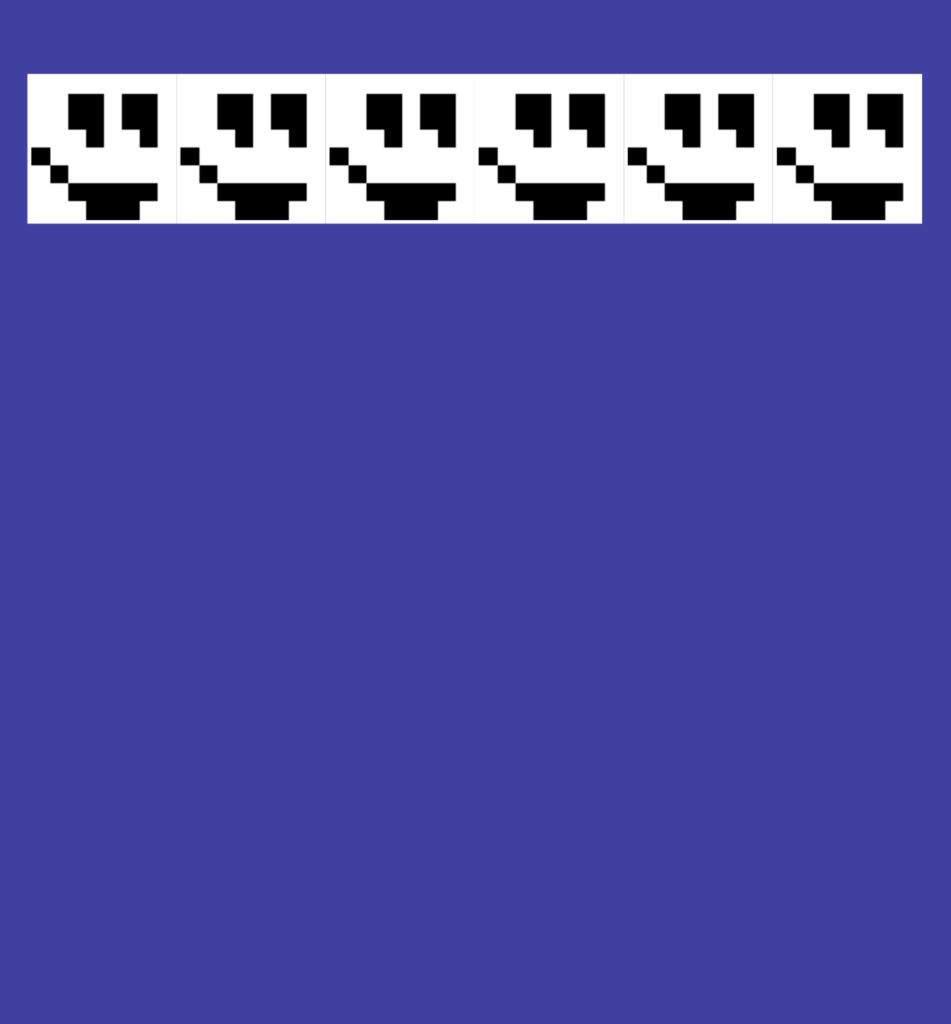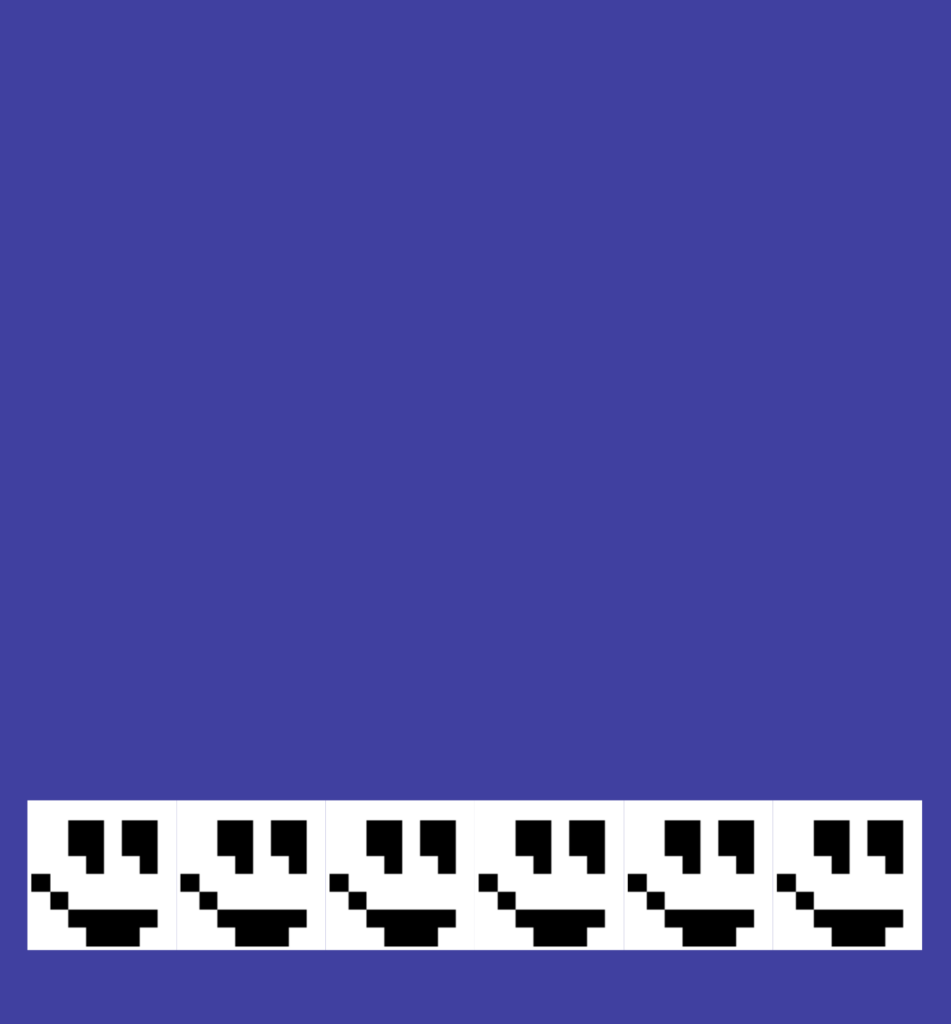Often, when you weave something, the cloth comes out in reverse: pick by pick, it appears reversed from what you expect. Why does this happen, and how do you fix it?

Treadlings (and drawdowns) are read from top to bottom
In the US and Canada, drafts are usually written with the threading across the top, the tie-up (if there is one) in the top right corner, and the treadling or liftplan running down the right side, like this:

The expectation is that the treadling or liftplan will be followed from top to bottom, barring any reverse in direction. That is, the first weft pick is at the top of the treadling or liftplan. The second weft pick is just below it, the next below that, and so on to the last pick at the bottom.
In a drawdown made from such a draft, the same is true: the first weft pick is at the top row of the drawdown, the second pick is just below it, etc.
The trouble with this is that the orientation of the drawdown is upside down from the way the cloth actually weaves.
The cloth builds from bottom to top
Consider this draft fragment with just four picks, each one in a different color (only the color of each pick is shown, not the interlacement):

Now imagine you were sitting at your loom and weaving these four picks.
Pick 1
The blue pick on Treadle 1 comes first.


Pick 2
The pink pick on Treadle 2 comes next. It goes into the cloth just after the blue one. On the loom, the pink weft is closer to the shafts than the blue weft. From the point of view of the bench, the pink weft is “above” the blue one.


Pick 3
The yellow pick on Treadle 3 is next. It goes into the cloth after the pink one. Once again, it’s “above” the pick weft: closer to the beater and farther from you, sitting on the bench.


Pick 4
Finally the teal pick on Treadle 4 goes “above” the yellow weft, landing closer to the shafts and even farther from you.


This is the original draft with drawdown…

…but THIS is the orientation of the stripes on the loom (as the weaver sees it):

What appears on the loom is flipped vertically compared to the drawdown. In other words, the drawDOWN is upside DOWN.
Notice that the treadling is upside down, too. In both diagrams, Treadle 1 (blue) comes first and Treadle 3 (teal) comes last, but in the first diagram, “first” is at the top whereas in the second diagram “first” is at the bottom.
Does orientation matter?
In the case of stripes or allover patterns it often doesn’t matter that the drawdown and the fabric are mirror images of each other.
In the two examples below, it probably won’t make any difference that the drawdowns on the left are upside down from the actual cloth on the right.




When you have a motif, though, it can make a difference.
Consider this smiley face draft. Suppose we set up the threading, treadling and tie-up so that the smiley in the drawdown is upright when we’re looking at the draft:

If we read that treadling from top to bottom, it tells us to start at the eyes and finish with the mouth.
If that’s what we do when we’re sitting at the loom, this is what the cloth will look like:

If the smileys are centered vertically and horizontally, or if they appear all over the fabric, it might work fine to just spin it around once it’s off the loom so that they’re upright again.


Suppose you wanted just a single row of smileys as a border at the start of your towel. If you weave them following the draft as written above, the smileys will look like the first picture below. Once you take the fabric off the loom and spin it around so that the smileys are upright, though, the border will be at the top of the towel, not at the bottom.


Maybe that’s fine, but if you meant the border to be at the bottom, you might be disappointed. (If you wove the upside down border at the end of the towel rather than the start you’d get the upright smileys at the bottom instead.)
The point is this: sometimes orientation matters, sometimes it doesn’t. When you have motifs, it might well matter, so you need to be aware that following a treadling from top to bottom will turn the motifs in the drawdown on their heads in the cloth.
The solution? Treadle bottom up
To make motifs appear in the cloth with the same vertical orientation as the drawdown, follow the treadling from the bottom.
If you follow the treadling in this draft…

…beginning at the bottom rather than the top, the first thing you’ll weave (i.e. the first part of the fabric, which is closest to you when you’re sitting on the bench) will be the mouth. The last thing you weave (i.e. the last part of the fabric, which is furthest from you and closest to the shafts when you’re sitting on the bench) will be the eyes.
In short, the smiley will appear upright in the fabric just as it does in the drawdown.


DrawUPs are the right way up
If your draft has the threading at the bottom instead of the top, then you should automatically read the treadling or liftplan from the bottom, which means the fabric will build in the same direction on the loom as it is represented in the draft.

Remember: when the threading is at the bottom, Shaft 1 is at the TOP of the threading and the shafts are numbered from top to bottom. Although the threading appears to lean the other direction in this version of the draft, it still starts on Shaft 8 and ends on Shaft 1. The treadling hasn’t changed at all, but because the tie-up has moved, the expectation now is that you’ll begin reading it from the bottom row and work upwards rather than the reverse.
When the threading is at the bottom of the draft, it’s not unusual for the black and white diagram of the resulting cloth to be called a drawUP rather than a drawDOWN, because the treadling goes from bottom to top. In reality, both are exactly the same: each row of a drawdown or drawup is independent of the rest so it makes no difference whether you start drawing from the top or bottom or somewhere in the middle.
Whether you call it a drawup or a drawdown, the diagram will accurately reflect the cloth if the treadling is read from bottom to top, which is the default when the threading is at the bottom.
From the Weavers Toolbox:

How to read the diagrams – How to read a treadling diagram, and what it means
From the course Drawdowns: Part 1:

“What is a drawdown” – How to understand what a drawdown is, and what it shows us

“Creating a drawdown from a draft” – How to make a drawdown, based on a draft

